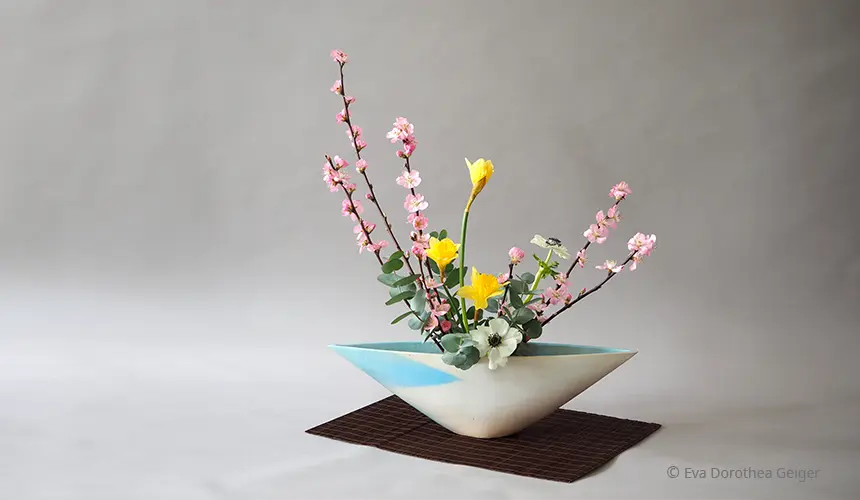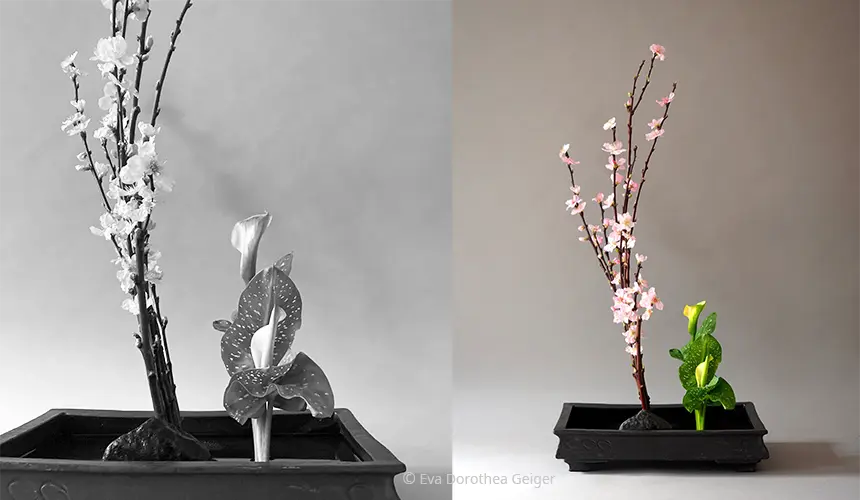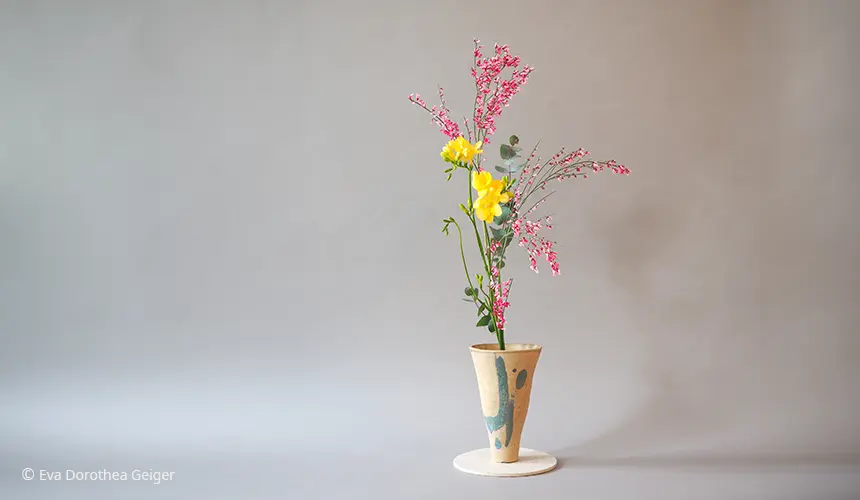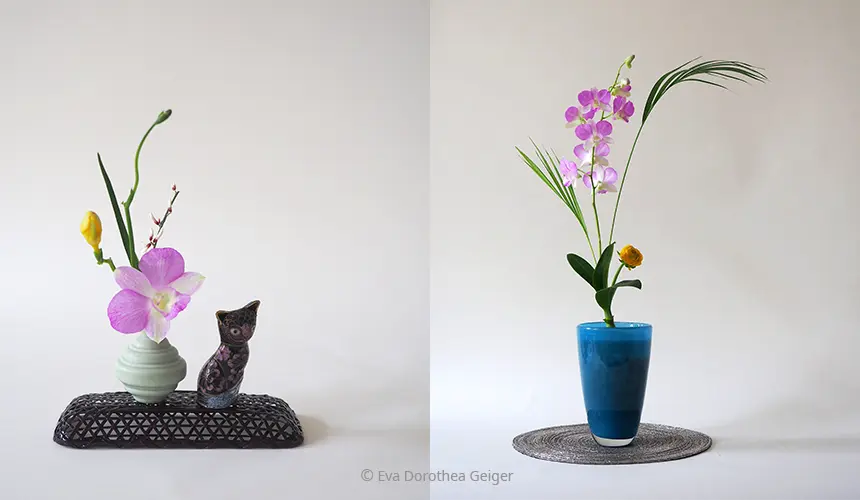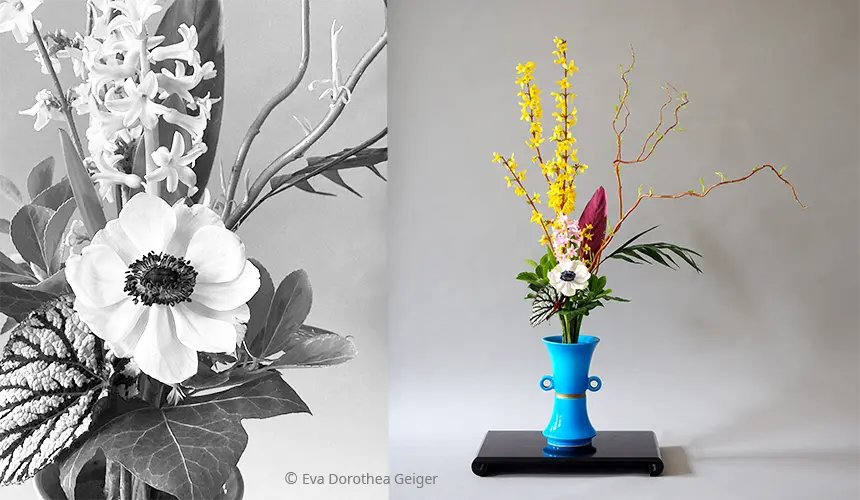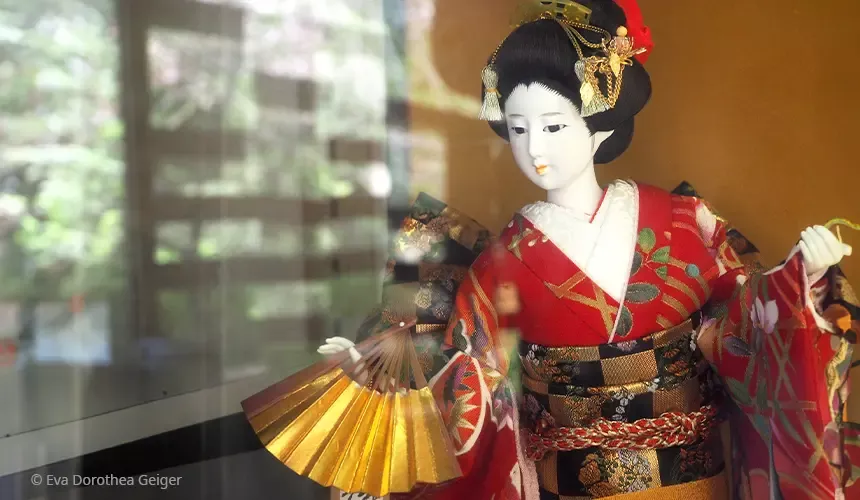
hina-matsuri, also known as the Japanese Girls' Festival or Doll Festival, is a traditional holiday in Japan that is celebrated every year on 3 March. The festival has a long history dating back to the Edo period and has deep cultural significance for the Japanese. The festival is an opportunity to celebrate and wish for the health and happiness of girls.
A central tradition of hina-matsuri is the setting up of hina-ningyo, special dolls that represent the imperial couple and their royal entourage.
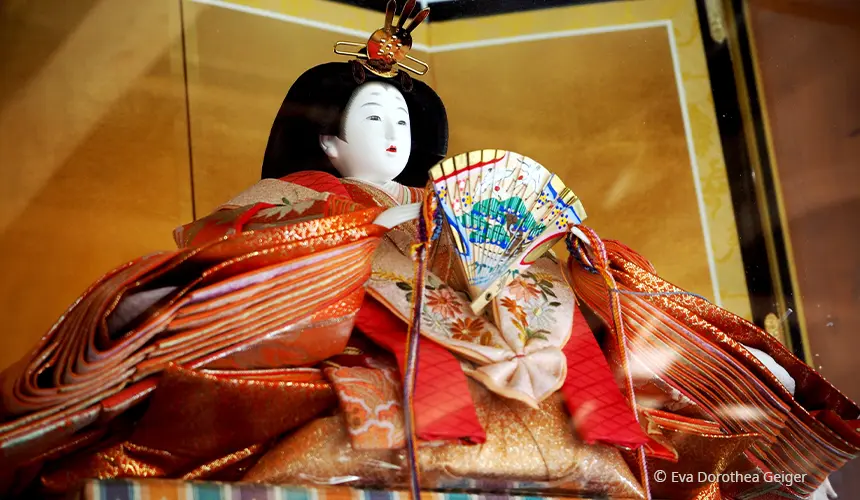
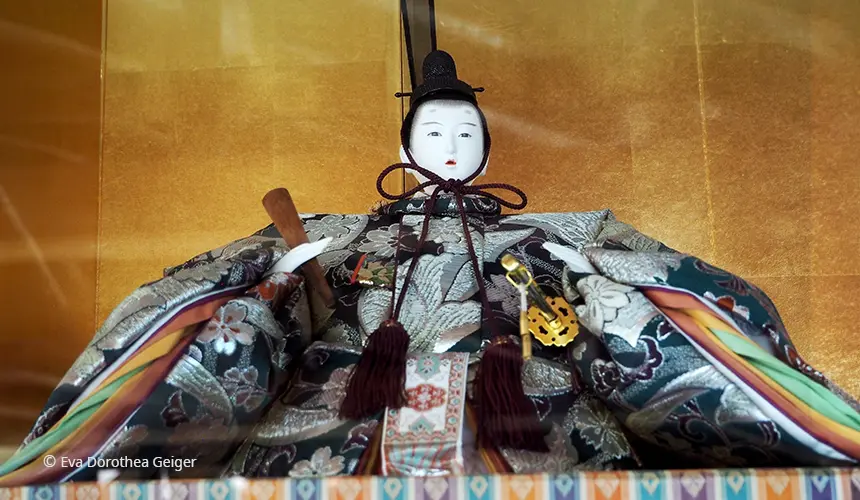
The dolls have their origins in the Edo period, when they were regarded as lucky charms. It was believed that they could trap evil spirits inside and, in order to get rid of the spirits, they were set adrift on the water in a boat. This so-called nagashibina is a tradition that is only continued in a few places in Japan today. The small, colourful dolls are dressed in the style of the Heian period (794-1185), represent the emperor, empress and their court and are arranged on a special pedestal called a hina-dan, which is often covered in red fabric. It is believed that the dolls ward off evil and bring good luck to the girls. 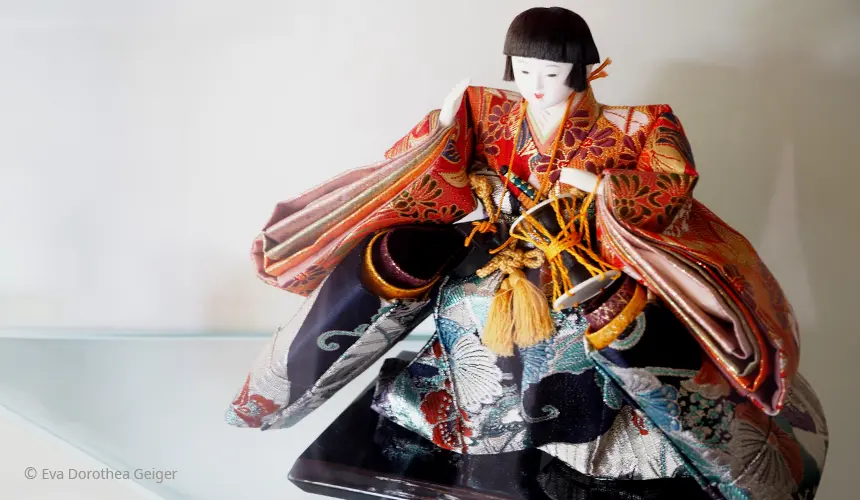
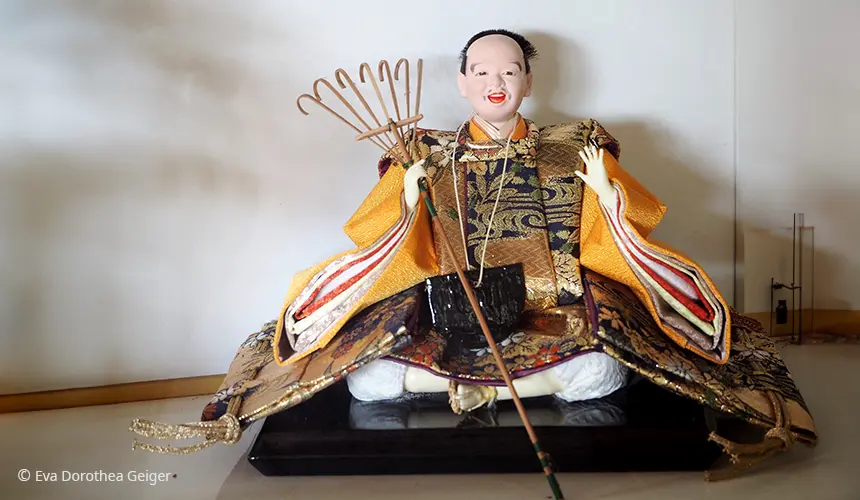
The dolls are arranged on the steps according to their rank: the emperor and empress at the top, three ladies-in-waiting on the second step, then five musicians and finally, on the lower levels, objects such as furniture and offerings as shown on this nice postcard.
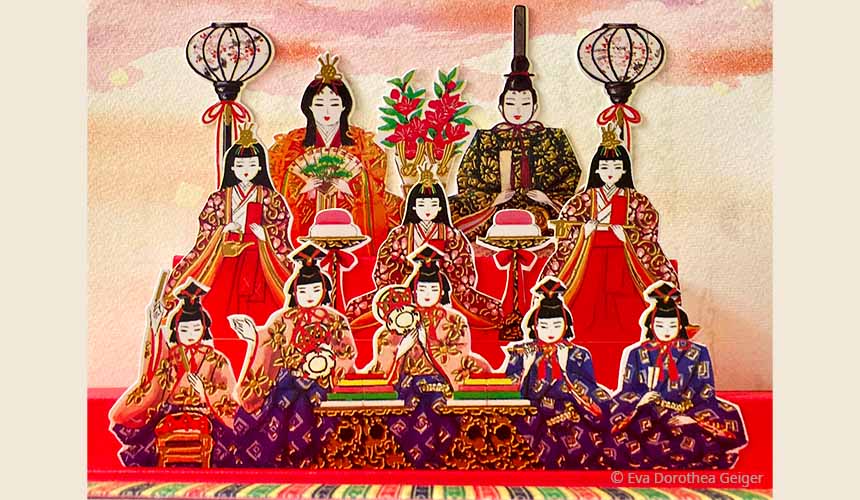
Preparations for the hina-matsuri often begin weeks in advance. Families with young girls bring out their Hina-Ningyô and Hina-Dan and decorate their homes with flowers, spring branches and other festive decorations. The peach branch plays a particularly important role here, as it symbolises happiness and longevity in Japanese culture.
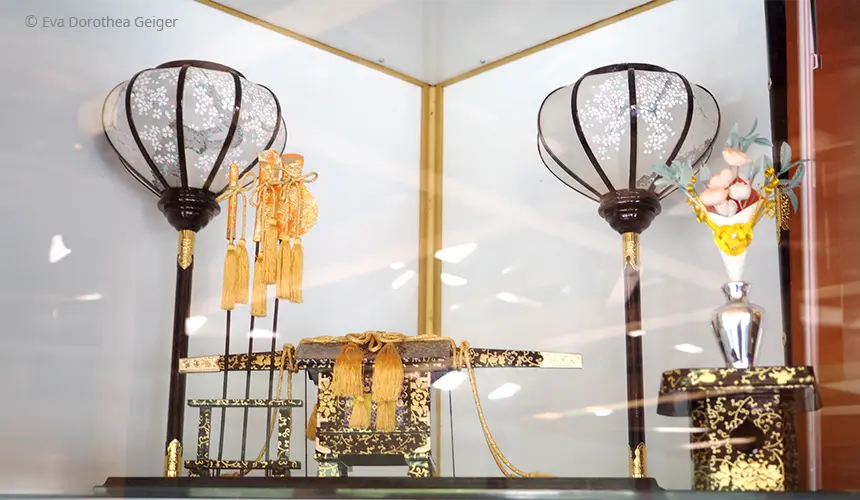
On the actual day of hina-matsuri, families gather to celebrate together. Girls often wear traditional kimonos and receive gifts from their parents and relatives. Sweets such as hina-arare (colourful rice crispy balls) and shirozake (sweet rice wine) are also part of the feast.
During the festival, families pray for the well-being of their daughters and wish them a happy and healthy future. It is also a time to strengthen the bonds within the family and reflect together.
Although hina-matsuri is traditionally celebrated as a girls' festival, in modern times families with boys often take part in the celebrations to emphasise the importance of equality and the well-being of all children.
Hina-matsuri is a beautiful celebration that is deeply rooted in Japanese culture and expresses appreciation for young girls and their future.
In Ikebana, the arrangements are mainly designed in the colours pink and yellow, traditionally peach branches and yellow mustard plants are used in Japan, but these are either not available here or not yet. It is therefore best to pick up on the colours and use the flowers that are available here at this time of year.
